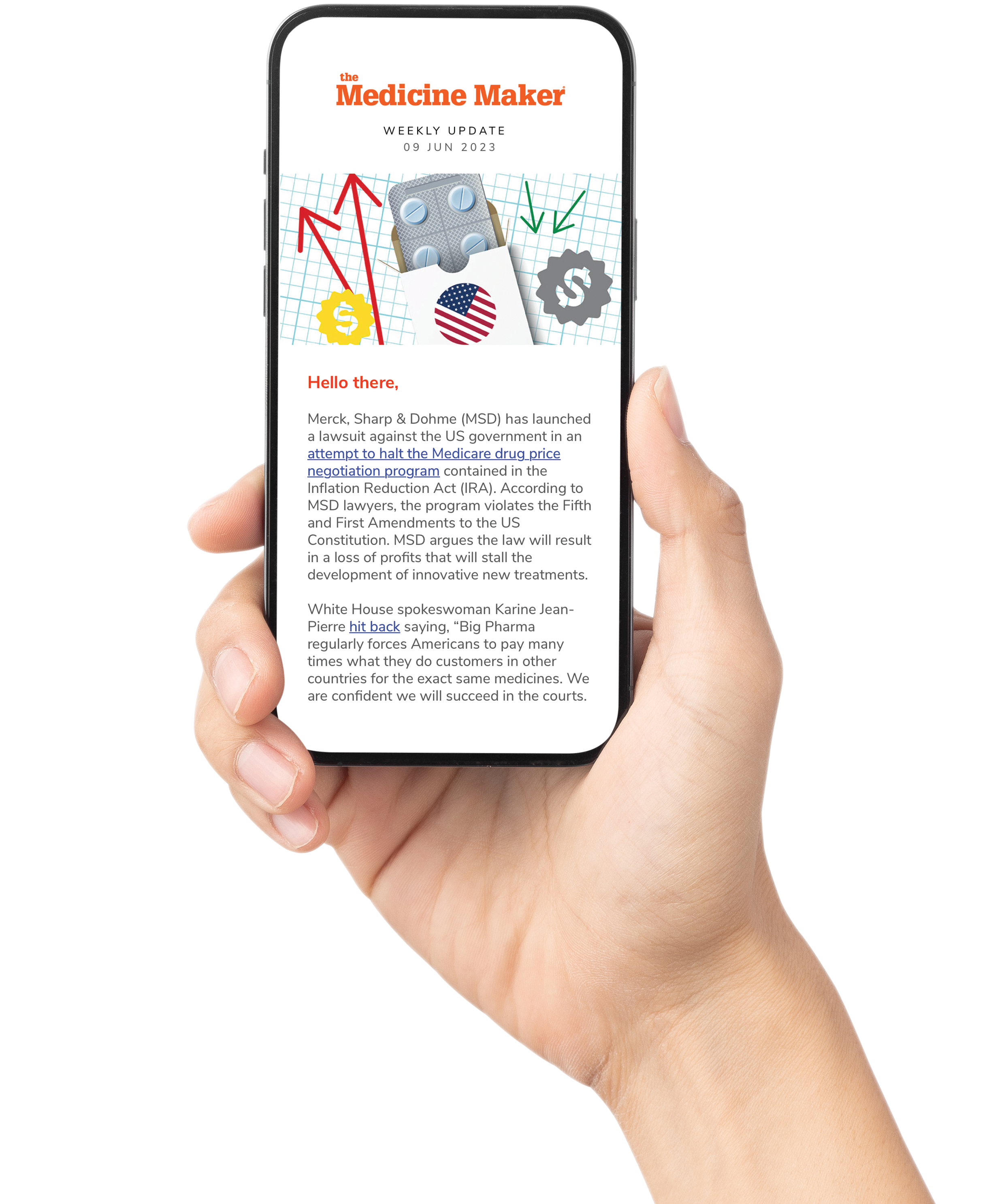
An international team of researchers has published in Cell a study that introduces a first-in-class small molecule approach to treating type 2 diabetes and obesity by targeting an underexplored signaling mechanism within the β2-adrenergic receptor (β2AR). The research offers preclinical and early clinical evidence that GRK2-biased agonists – molecules that preferentially activate G protein-coupled receptor kinases (GRKs) over other pathways – can improve glucose control without the adverse effects typically associated with β2AR activation.
Traditional β2-adrenergic receptor (β2AR) agonists, such as salbutamol and clenbuterol, increase cyclic adenosine monophosphate (cAMP) production via Gs protein signaling, leading to cardiac side effects, including tachycardia and hypertrophy. This mechanism has historically limited their use in treating metabolic conditions, despite β2AR’s ability to enhance glucose uptake in muscle tissue.
The researchers designed agonists that selectively engage GRK2, bypassing the Gs-cAMP axis and avoiding β-arrestin-driven receptor desensitization. These GRK2-biased β2AR agonists maintain efficacy in promoting skeletal muscle glucose uptake while significantly reducing the potential for cardiac complications.
Using a ligand-based virtual screening method, the team identified molecules capable of driving glucose uptake without increasing cAMP levels. The most promising candidate, Compound 15, was optimized through structure-activity relationship studies to avoid hydrogen bonding with key residues that drive Gs activation, thereby shifting its signaling preference toward GRK2.
Preclinical studies in obese and diabetic mice and rats demonstrated that Compound 15 improved glucose tolerance, reduced fat mass, and enhanced muscle mass without inducing cardiac hypertrophy or myocardial lesions – all side effects commonly observed with conventional β2AR agonists.
A phase I placebo-controlled clinical trial involving both healthy volunteers and patients with type 2 diabetes showed encouraging results; Compound 15 exhibited rapid oral absorption, a half-life of approximately 10 hours, and a favorable safety profile.
Importantly, no significant cardiac abnormalities, hypoglycemia, or electrolyte imbalances were reported. A mild, transient increase in heart rate was noted initially, but resolved over the course of the study. The molecule was well tolerated across all dosing groups, setting the stage for phase II efficacy trials.
The implications of this work extend beyond type 2 diabetes and obesity. Because GRK2 signaling plays roles in muscle physiology, these agonists may offer therapeutic potential in conditions such as sarcopenia or muscular dystrophy.
Moreover, the study underscores the value of pathway-selective drug design – a move away from binary “on-off” receptor pharmacology toward a nuanced modulation of intracellular signaling. By exploiting functional selectivity, the research could act as a blueprint for precision therapies that balance efficacy and safety in complex diseases.




